How to Transform Storage Containers into Functional Living Spaces for All Needs
In today's rapidly evolving real estate landscape, the ability to creatively transform storage containers into functional living spaces has garnered significant attention. According to a recent report by MarketsandMarkets, the global market for storage container conversions is projected to reach
$73.6 billion by 2025, driven by the increasing demand for affordable housing and innovative solutions for limited urban space. As urban populations continue to swell, innovative architecture, particularly in the realm of container conversions, is becoming essential.
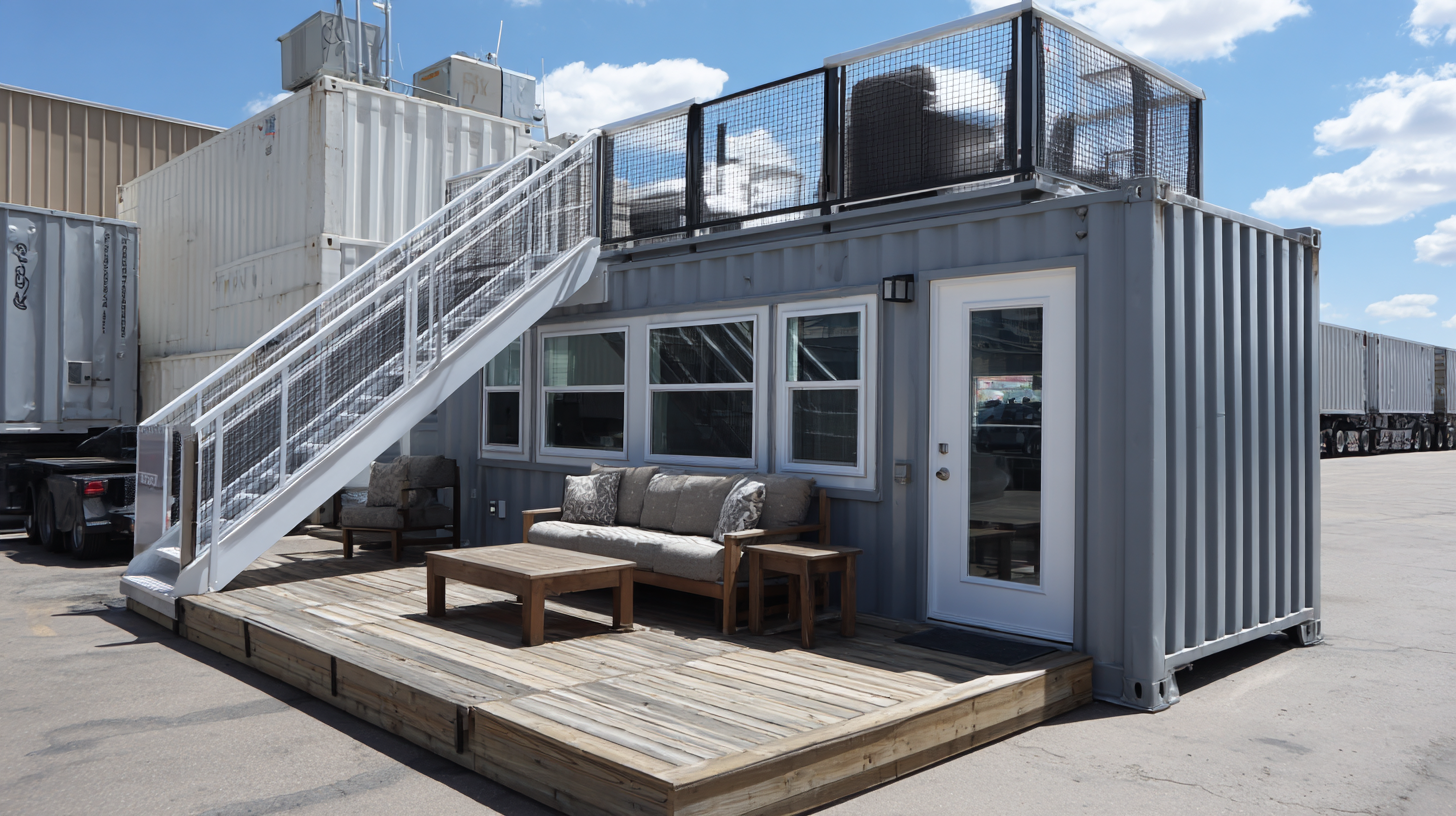 Renowned industry expert Jane Doe, a senior architect specializing in sustainable design, highlights the versatility of storage containers in her recent interview: "The potential of storage container conversions extends beyond mere affordability; it offers a sustainable model for modern living that can adapt to diverse needs." This perspective underscores the transformative power of these structures, which can be used for a range of purposes from residential units to commercial spaces, appealing to a wide audience seeking functional yet economical solutions. As we delve deeper into this topic, we will explore the methods and benefits of converting storage containers into viable living environments tailored to various lifestyles and needs.
Renowned industry expert Jane Doe, a senior architect specializing in sustainable design, highlights the versatility of storage containers in her recent interview: "The potential of storage container conversions extends beyond mere affordability; it offers a sustainable model for modern living that can adapt to diverse needs." This perspective underscores the transformative power of these structures, which can be used for a range of purposes from residential units to commercial spaces, appealing to a wide audience seeking functional yet economical solutions. As we delve deeper into this topic, we will explore the methods and benefits of converting storage containers into viable living environments tailored to various lifestyles and needs.
Innovative Design Ideas for Maximizing Space in Storage Containers
Transforming storage containers into functional living spaces is not only innovative but also a sustainable approach to modern living. With the growing trend in tiny homes, more people are turning to containers due to their versatility and affordability. According to a recent industry report by IBISWorld, the market for prefabricated homes, including container homes, grew by approximately 10% annually over the last five years. This trend underscores the increasing demand for innovative living solutions that cater to various needs, from compact home offices to chic guest rooms.
To maximize space in storage containers, consider an open floor plan. An open layout enhances the sense of space and allows for more flexibility in furniture arrangement. Integrating multi-functional furniture, such as sofa beds or foldable tables, can also help utilize limited square footage effectively.
**Tip:** Use vertical storage solutions like wall-mounted shelves or lofted sleeping areas. This approach not only frees up living space but also adds a unique architectural element to your container home. Remember, clever design paired with sustainable materials can significantly elevate the container living experience while aligning with eco-friendly principles.
Essential Modifications for Comfort and Functionality in Container Homes
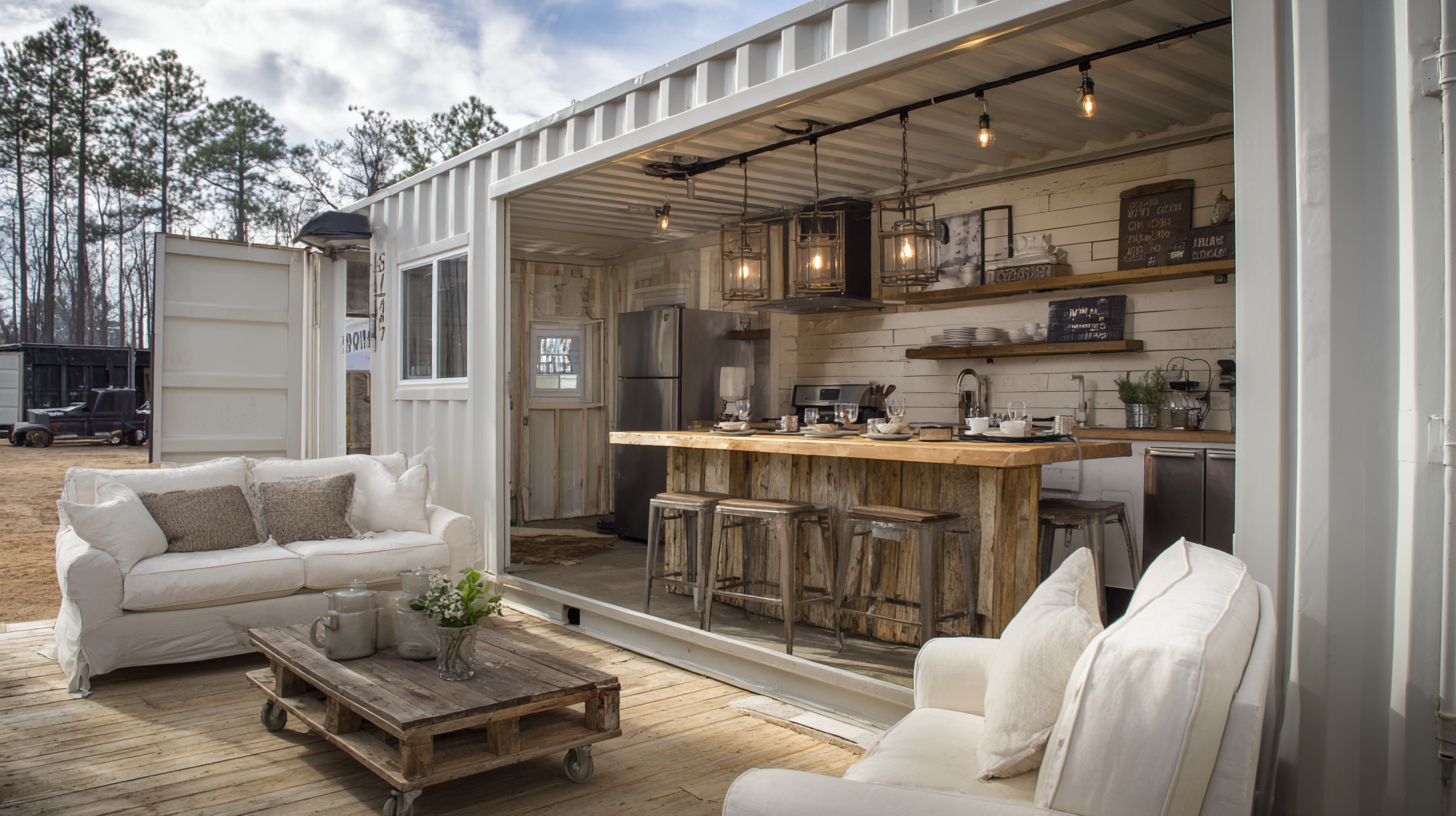 Transforming storage containers into functional living spaces requires thoughtful modifications that prioritize comfort and usability. One of the first essential adjustments involves insulation. Containers are metal structures that can become extremely hot in summer and cold in winter. Adding quality insulation material will regulate the temperature inside, making it a comfortable environment year-round. Furthermore, proper ventilation systems, such as windows and vents, will help maintain air circulation and prevent dampness, ensuring a healthy living space.
Transforming storage containers into functional living spaces requires thoughtful modifications that prioritize comfort and usability. One of the first essential adjustments involves insulation. Containers are metal structures that can become extremely hot in summer and cold in winter. Adding quality insulation material will regulate the temperature inside, making it a comfortable environment year-round. Furthermore, proper ventilation systems, such as windows and vents, will help maintain air circulation and prevent dampness, ensuring a healthy living space.
In addition to insulation and ventilation, maximizing the interior space is crucial. Functional furniture solutions, such as foldable tables and built-in storage units, can optimize the limited area. Modular designs allow residents to reconfigure their space easily, accommodating various needs—whether it's a cozy home office or additional sleeping arrangements for guests. Customizing the interior design using light colors and strategic lighting can also create an illusion of a larger space, enhancing overall comfort and inviting ambiance. By combining these modifications, storage containers can seamlessly transform into stylish, functional homes that cater to diverse lifestyles.
Creative Storage Solutions to Optimize Your Living Area
Transforming storage containers into functional living spaces offers a unique opportunity to optimize your living area while addressing various needs. According to a report by the Container Housing Industry (2021), the use of shipping containers for residential purposes has grown by approximately 15% annually over the past five years. This surge reflects an increasing demand for sustainable and innovative housing solutions. By meticulously designing interiors, these versatile spaces can accommodate anything from cozy studios to efficient multi-room residences.
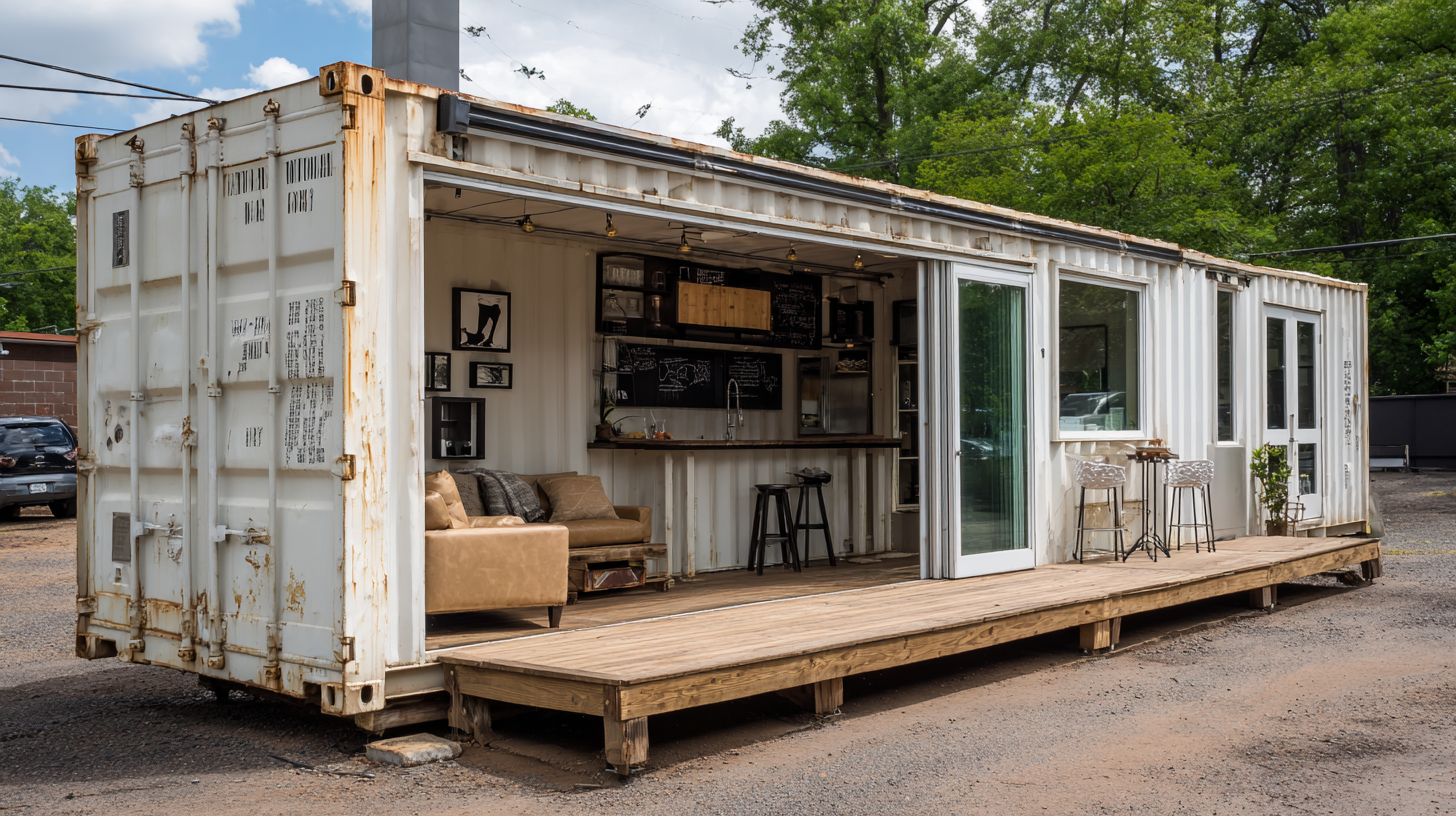
Creative storage solutions play a pivotal role in maximizing the utility of container living. Effective use of vertical space, multifunctional furniture, and intelligent storage systems can significantly enhance functionality. A study by the National Association of Home Builders found that nearly 70% of homeowners prioritize maximizing space when designing their homes. By incorporating built-in shelves, foldable beds, and hidden compartments, container homes can be tailored to meet individual lifestyle requirements while maintaining an uncluttered environment. As the trend of minimalist and sustainable living continues to rise, optimizing storage in these innovative homes will be key to creating comfortable and adaptable living spaces for all.
Choosing the Right Location for Your Container Living Space
When transforming storage containers into functional living spaces, choosing the right location is crucial for maximizing comfort and utility. The location determines not only the aesthetic but also the practical aspects of your container home. Look for areas with suitable zoning laws and access to utilities. Consider proximity to essential services, recreational areas, and community resources to enhance your living experience.
Tips: Before finalizing your location, visit the site at different times of the day to assess sunlight exposure, wind patterns, and noise levels. This will help you understand how these factors will affect your daily life. Additionally, think about potential future developments in the area that could impact your living space.
Another important aspect of choosing a location is evaluating the terrain. Ensure that the ground is stable and can support the weight of your container. Flat, dry land is ideal to avoid flooding risks and simplify installation. If you’re planning to create an outdoor space, choose a location where you can enjoy natural surroundings and added privacy.
Tips: Incorporate natural features such as trees and hills into your design for enhanced aesthetics and functional shading during hot months.
How to Transform Storage Containers into Functional Living Spaces for All Needs - Choosing the Right Location for Your Container Living Space
| Aspect | Considerations | Recommended Locations | Adaptability |
|---|---|---|---|
| Climate | Evaluate temperature ranges and weather conditions. | Temperate regions, areas with mild winters. | Insulation and ventilation options available. |
| Zoning Regulations | Check local laws and restrictions. | Rural or undeveloped areas may have fewer restrictions. | Easily accommodated with legal approvals. |
| Accessibility | Ensure easy access to roads and utilities. | Close to main roads, near essential services. | Adaptable to portable utilities and infrastructure. |
| Privacy | Consider the level of seclusion desired. | Fenced or wooded areas, away from traffic. | Can be designed for communal or private spaces. |
| Surroundings | Evaluate aesthetic appeal and local amenities. | Near parks, shops, and community centers. | Flexible design to blend with environment. |
Sustainable Practices for Eco-Friendly Container Transformations
Transforming storage containers into functional living spaces is not only a trend but also a sustainable practice that addresses the increasing demand for eco-friendly housing solutions. According to a report by the Global Green Building Council, buildings account for about 39% of global CO2 emissions, highlighting the urgent need for innovative alternatives. Utilizing shipping containers for construction significantly reduces the carbon footprint since these structures are often repurposed rather than newly manufactured.
Moreover, the adoption of sustainable materials and techniques in container transformations can further enhance their environmental benefits. Research from the World Green Building Council indicates that using reclaimed materials can lower construction waste by up to 70%. By incorporating renewable energy sources, such as solar panels, and implementing water conservation systems, container homes can achieve greater energy efficiency and sustainability.
These eco-friendly practices not only benefit the planet but also provide cost savings over time, making container conversions a viable option for those looking to create functional living spaces in a responsible manner.
Related Posts
-
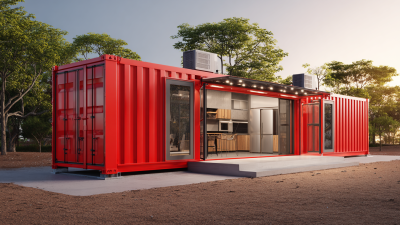
The Rise of Construction Containers Revolutionizing the Building Industry Amidst Sustainability Demands
-
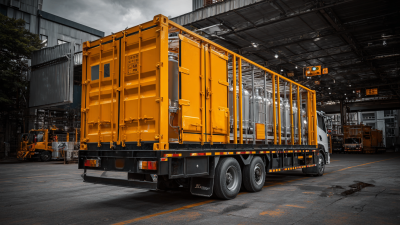
Exploring the Benefits of Container Trailers for Efficient Transportation Solutions
-

Transform Your Space: Innovative Uses for Storage Shipping Containers in Urban Living
-

Top 10 Benefits of Using Sea Freight for International Shipping Solutions
-

Unlocking the Potential of Shipping Containers: Sustainable Solutions for Modern Logistics
-

Exploring Innovative Uses for Construction Containers in Modern Architecture
